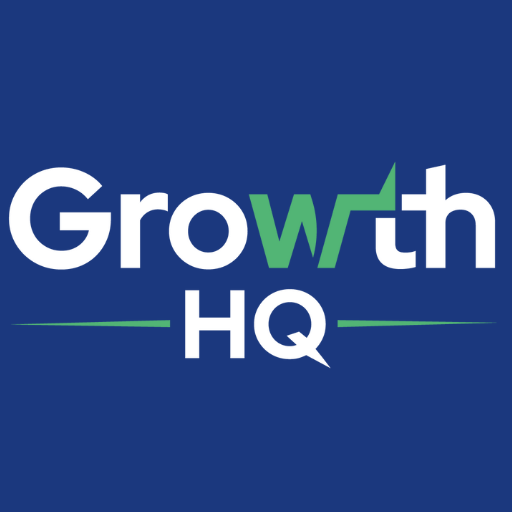The Rising Tide of Customer Acquisition Costs in FinTech: Navigating New Challenges and Opportunities

The Rising Tide of Customer Acquisition Costs in FinTech: Navigating New Challenges and Opportunities
In the rapidly evolving FinTech sector, the cost of acquiring new customers has become a pivotal challenge for companies aiming at growth and profitability. Particularly in highly competitive and regulated markets like Dubai, the Middle East, and Europe, managing and optimizing Customer Acquisition Costs (CAC) has transformed from a routine marketing metric into a strategic imperative.
The Current Landscape of Customer Acquisition in FinTech
Escalating Costs Across Segments: Recent studies, such as the one by First Page Sage, highlight a sharp increase in CAC, particularly for enterprise clients where costs can range dramatically. For example, enterprise fintechs often see acquisition costs exceeding $12,000 per client in the UAE, with similar figures in Western and East Asian markets. This surge is largely driven by increased competition, higher regulatory and compliance costs, and saturation of primary acquisition channels.
Underreporting and Its Implications
Hidden Costs Distort Reality: Many fintech companies underreport the true CAC by not including critical overheads such as marketing, technology subscriptions, and full sales team compensations. This leads to an inflation of actual CAC by approximately 40-60%, severely impacting decision-making at the strategic level. According to YouYaa's report, acknowledging these hidden costs is vital for fostering sustainable growth and profitability.
Strategic Responses and Best Practices
Optimization Success in Dubai: Fintech providers in Dubai have successfully reduced CAC from $12,500 to $4,400 by honing in on higher-value customer cohorts and optimizing sales and marketing funnels. This has not only decreased the payback period significantly but also enhanced overall profitability.
A Comparative Look at Regional Dynamics
While the Asia-Pacific region benefits from robust "super app" ecosystems and higher organic customer acquisition loops resulting in lower CAC, Europe struggles with regulatory adaptations that spike costs. This juxtaposition underscores the necessity of region-specific strategies in CAC management and optimization.
The ability to adapt and innovate in customer acquisition strategies will mark the leaders in FinTech, setting a blueprint for others in similar high-growth, high-challenge industries.
Looking Forward: Strategic Recommendations and the Path Ahead
As FinTechs navigate the complexities of a global market, the focus shifts from mere volume to value. Thriving in this environment demands a rigorous, data-driven approach to CAC management—prioritizing efficiency, compliance, and market-specific nuances over traditional growth metrics. Strategic investments in technology, regional partnerships, and continuous refinement of acquisition funnels will be crucial.
Emphasis on Transparency and Education: Companies must also strive for transparency in reporting CAC and educating stakeholders about the financial implications of strategic decisions. This openness will not only build trust but also attract more sustainable investments.
In conclusion, while rising CAC presents significant challenges for FinTechs, it also offers an opportunity to rethink strategies and emerge stronger. Those who master the art of customer acquisition economics in this new landscape will not only survive but thrive, setting new benchmarks for profitability and efficiency in the sector.
